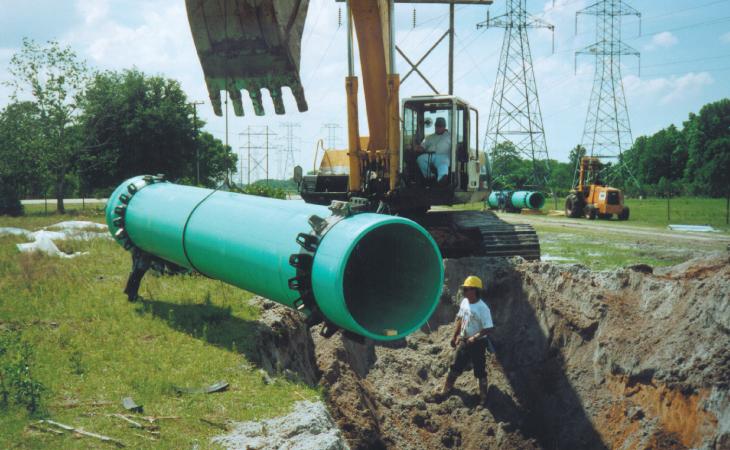Accounting
The Challenges of Financing Water Infrastructure Projects
Construction firms, utilities, municipalities – all have a stake in addressing how to best finance infrastructure projects heading into 2018. Especially the water industry, which faces a number of unique factors and challenges in getting projects off ...
Nov. 07, 2017

While it may seem like the conversation on infrastructure financing has gotten lost in the shuffle of various policy discussions, it remains at the forefront for many accounting firms and the clients that they work with.
Construction firms, utilities, municipalities – all have a stake in addressing how to best finance infrastructure projects heading into 2018. Especially the water industry, which faces a number of unique factors and challenges in getting projects off the ground.
One of those challenges is simply the amount of work that is needed to repair water systems in the U.S. After decades of neglected maintenance and delayed investments, aging infrastructure has been an increasingly widespread problem, especially in distribution systems. As a result, the amount of capital expenditure necessary to upgrade and modernize water systems throughout the U.S. is increasing every year, today totaling a staggering $1 trillion, according to the American Water Works Association.
Decisionmakers at water systems have only two options: kicking the can further down the road, with the risk of seeing more situations like Flint develop, or looking for financing and innovative solutions that allow for increased investments without shocking water rates. In order to secure the capital needed, they will need to address several financing challenges.
- Infrastructure is complicated. Because water, like other infrastructure projects, is a long-term asset with a significant lifecycle, it can be difficult to calculate costs, which can vary dramatically through different periods of design, construction and operation.
- Balancing affordability and returns. Many water projects are user-funded through water rates. While this can be a useful source of capital, raising rates to the levels necessary to support needed infrastructure investments on their own is often not possible. In these instances, attracting private investment capital can be critical, but it also means a need to prove reasonable returns on a project. Those seeking financing for projects will need to consider and balance these two competing needs.
- Competition for capital allocation. Water systems are not the only infrastructure projects competing for capital. From ports, to railways, to highways and bridges – there are many alternative projects for potential investors to consider. While other projects may be able to boast larger returns, water assets tend to fare well with investors in periods of economic downturn or low interest rates. They are considered to be relatively resilient investments that guarantee a steady level of cash flows.
The capacity of one system to raise capital boils down to an ability to repay investors with either cash available to service debt or capital appreciation to provide a decent return on investment. A higher deal flow would certainly help address the underlying need for upgrading infrastructure and boost investors’ confidence in these assets and financing structures. Either way, those working to secure financing for water projects will need to be mindful of the challenges this type of project presents and be prepared to balance a few different factors.
